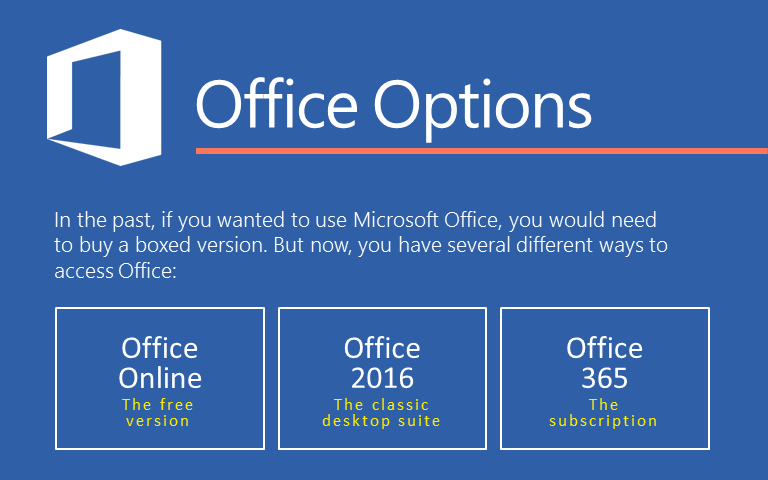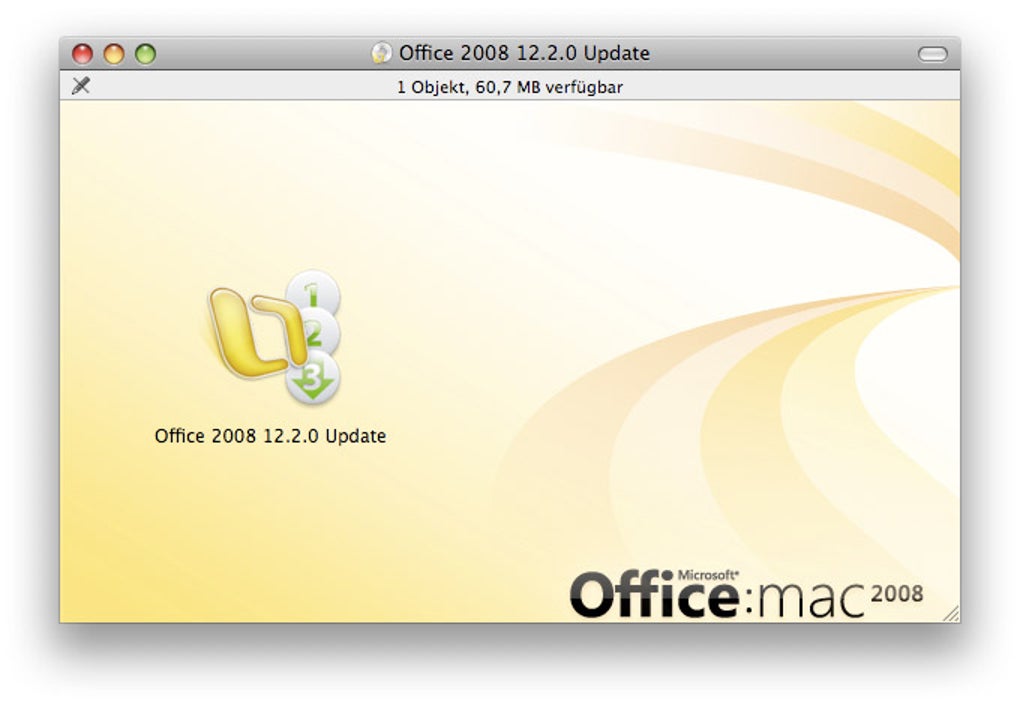Upgrade Office Mac 2008 To 2011 Free
Oct 07, 2015 Also, make sure that the computer is running Mac OS X 10.5.8 or a later version of the Mac OS X operating system. To verify that the computer meets this prerequisite, click About This Mac on the Apple menu. To verify that Office for Mac 2011 14.1.0 is installed on your computer, follow these steps: On the Go menu, click Applications. After you've verified the users you want to upgrade all have licenses, the final step is to have them install Office, see Download and install or reinstall Office on your PC or Mac. Tip If you don't want your users installing Office themselves, see Manage software download settings in Office 365.
-->Office 2010 reaches end-of-support
Office 2010 reached its end of support on October 13, 2020. Microsoft will no longer provide the following:
Technical support for issues
Bug fixes for issues that are discovered Missing localized strings here office for mac 2016.
Security fixes for vulnerabilities that are discovered
See Office 2010 end of support roadmap for more information.
Is this the right topic for you?
If you're the admin responsible for the Microsoft 365 for business subscription in your organization, you're in the right place. Admins are typically responsible for tasks like managing users, resetting passwords, managing Office installs and adding or removing licenses.
If you're not an admin and you have a Microsoft 365 Family product, see How do I upgrade Office for information about upgrading your older, home use version of Office.
Get ready to upgrade to Microsoft 365
As an admin, you control what version of Office people in your organization can install. We highly recommend that you help users in your organization running older versions of Office such as Office 2010, Office 2013, or Office 2016 upgrade to the latest version to take advantage of its security and productivity improvements.
Upgrade steps
The steps below will guide you through the process of upgrading your users to the latest Office desktop client. We recommend you read through these steps before beginning the upgrade process.
Step 1 - Check system requirements

Check the system requirements for Office to make sure your devices are compatible with the latest version of Office. For example, newer versions of Office can't be installed on computers running Windows XP or Windows Vista.
Tip
If you have users in your organization running older versions of Windows on their PCs or laptops, we recommend upgrading to Windows 10. Windows 7 has reached end of support. Read Support for Windows 7 ends in January 2020 for more info.
Check out the Windows 10 system requirements to see if you can upgrade their operating systems.
Check application compatibility
To ensure a successful upgrade, we recommend identifying your Office applications--including VBA scripts, macros, third-party add-ins, and complex documents and spreadsheets--and assessing their compatibility with the latest version of Office.
For example, if you're using third-party add-ins with your current Office install, contact the manufacture to make sure they're compatible with the latest version of Office.

Step 2 - Check your existing subscription plan
Some Microsoft 365 plans don't include the full desktop versions of Office and the steps to upgrade are different if your plan doesn't include Office.
Not sure which subscription plan you have? See What Microsoft 365 for business subscription do I have?
If your existing plan includes Office, move on to Step 3 - Uninstall Office.
If your existing plan doesn't include Office, then select from the options below:
Upgrade options for plans that don't include Office
Option 1: Switch Office subscriptions
Switch to a subscription that includes Office. See Switch to a different Microsoft 365 for business plan.
Option 2: Buy individual, one-time purchases of Office, or buy Office through a volume license


Buy an individual, one-time purchase of Office. See Office Home & Business or Office Professional
OR
Buy multiple copies of Office through a volume license. See, Compare suites available through volume licensing.
Step 3 - Uninstall Office
Before installing the latest version of Office, we recommend you uninstall all older versions of Office. However, if you change your mind about upgrading Office, note the following instances where you won't be able to reinstall Office after uninstalling it.
We recommend if you have third-party add-ins, contact the manufacturer to see if there's an update that will work with the latest version of Office.
Tip
If you run into issues while uninstalling Office, you can use the Microsoft Support and Recovery Assistant tool to help you remove Office: Download and run the Microsoft Support and Recovery Assistant.
Select the version of Office you want to uninstall
Known issues trying to reinstall older versions of Office after an uninstall
Office through a volume license If you no longer have access to the source files of these volume license versions of Office, you won't be able to reinstall it.
Office pre-installed on your computer If you no longer have a disc or product key (if Office came with one) you won't be able to reinstall it.
Non-supported subscriptions If your copy of Office was obtained through discontinued subscriptions, such as Office 365 Small Business Premium or Office 365 Mid-size Business, you won't be able to install an older version of Office unless you have the product key that came with your subscription.
If you'd prefer to install your older version of Office side-by-side with the latest version, you can see a list of versions where this is supported in, Install and use different versions of Office on the same PC. A side-by-side installation might be the right choice for you, if for example, you've installed third-party add-ins you're using with your older version of Office and you're not yet sure they're compatible with the latest version.
Step 4 - Assign Office licenses to users
If you haven't already done so, assign licenses to any users in your organization who need to install Office, see Assign licenses to users in Microsoft 365 for business.
Step 5 - Install Office
After you've verified the users you want to upgrade all have licenses, the final step is to have them install Office, see Download and install or reinstall Office on your PC or Mac.
Microsoft Office Mac 2008
Tip
Office 2008 Mac Download
If you don't want your users installing Office themselves, see Manage software download settings in Office 365. You can use the Office Deployment Tool to download the Office software to your local network and then deploy Office by using the software deployment method you typically use.